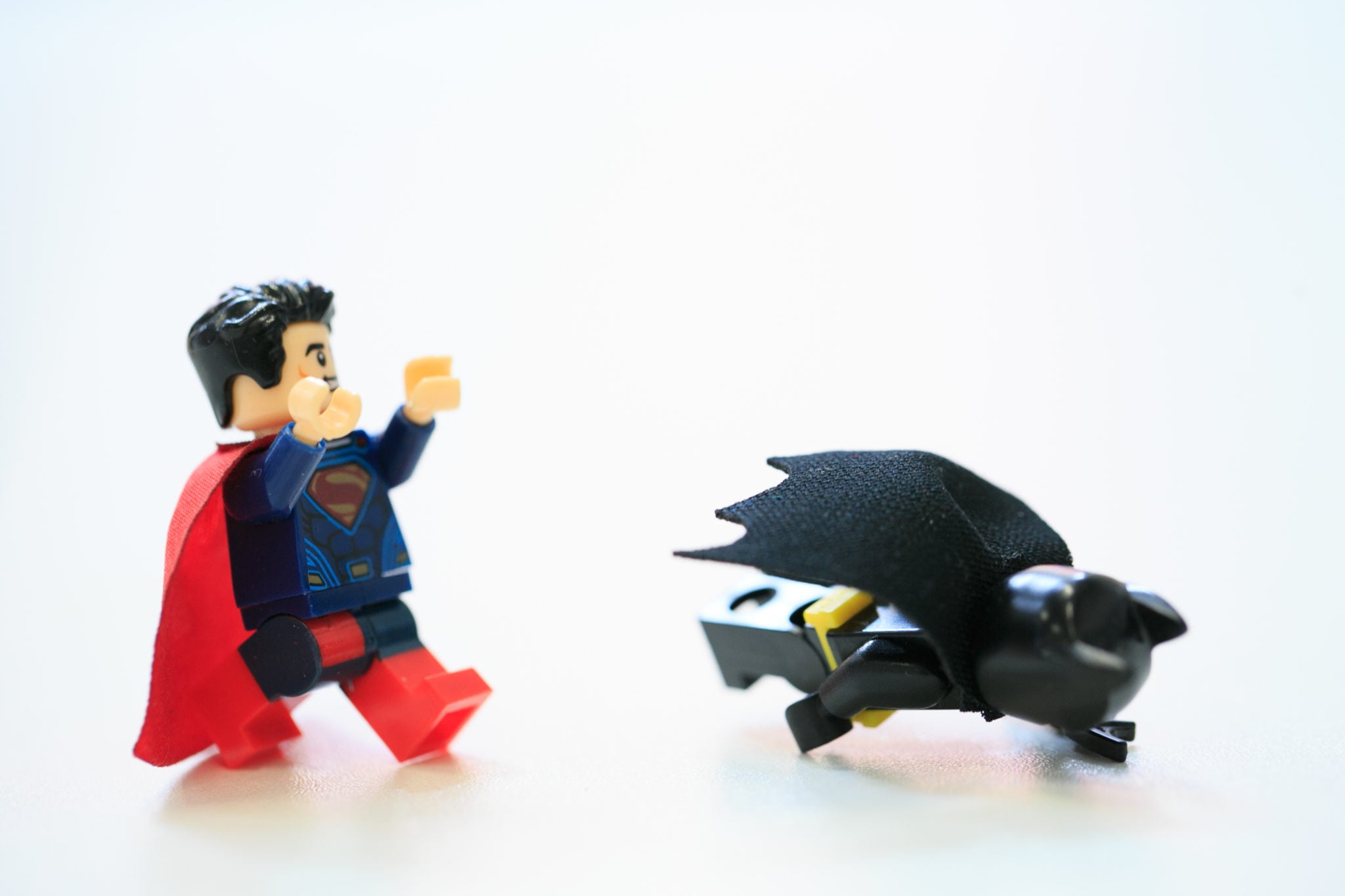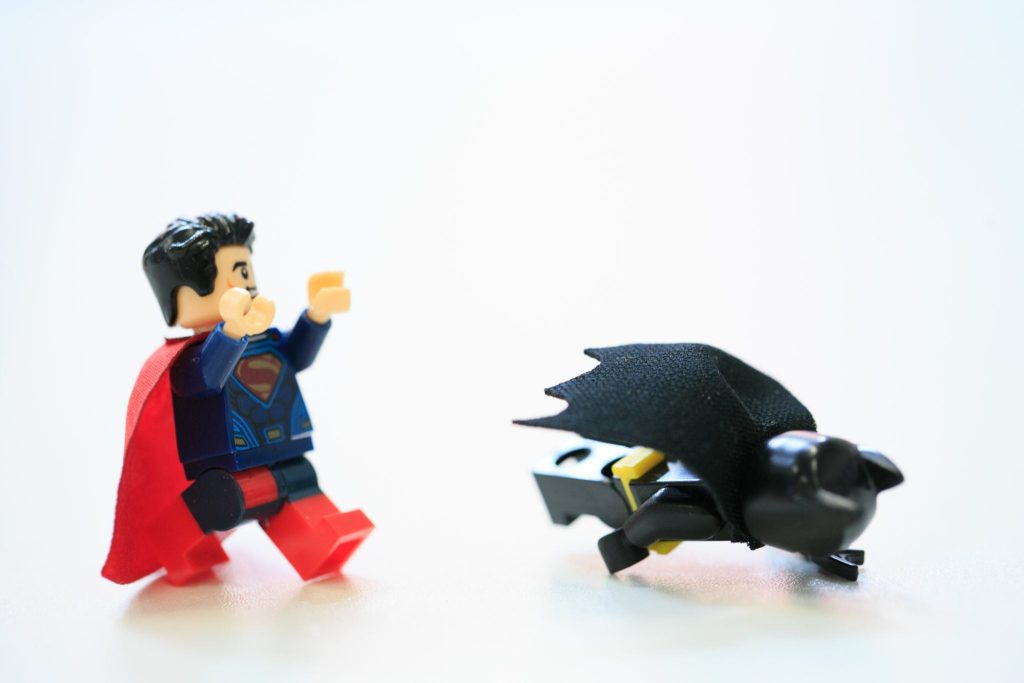 A few weeks ago I was meeting with clients in Ireland, and we were talking about the power of giving away free stuff.
A few weeks ago I was meeting with clients in Ireland, and we were talking about the power of giving away free stuff.
Most of you are familiar with the progression model – the fact that most of your buyers will need to first become aware of you, then get free stuff for a while, then buy something small, and then eventually work with you on a regular basis or on a big project.
But how much free stuff do you actually give away?
“I get that we need to give away free stuff,” one of the directors said. “But how much is too much? What if they simply take our free stuff and never sign up to do business with us?”
It’s a really good question, and to answer it you need to look at two types of prospects. Because I was meeting with clients in Ireland at the time, I said, “Let’s call them Paddy and Manny.”
The two types of prospects, and what they do with your free stuff
So Paddy is the kind of person who really needs expert help, and although it may take him a while to build trust, he’s willing to spend the money once he has found someone who will help him with his business problems.
Paddy will take some free stuff for a while. He’ll download a guide you created, visit your website a few times, listen when others talk about you, take note of what you say on social media. He’ll take some of the advice you give, and he’ll try to do it himself. But he realises pretty swiftly that it’s taking a lot of time and he’s still not getting the results he needs.
Eventually whatever business problem is weighing on him will weigh so heavily that he’ll arrange a meeting with you, and you’ll listen to the issues he has, and together you’ll look at how you can help.
Manny, on the other hand, is a bit of a mess. He needs help desperately, but he runs around in circles looking for it in all kinds of different places. He’s cheap. He would rather spend forty hours of his own time fixing something himself (imperfectly) than spend a few hundred Euro having it sorted for him in a few hours. He sees time as something that doesn’t cost him anything, and protects his cash very carefully.
He downloads free stuff all the time. Yours, other accountants, stuff from the Chamber of Commerce, anyone. He goes to networking events. Anytime he meets someone he thinks “these people can help me!” and he arranges meetings and makes phone calls and gets proposals. He has meetings with advisors, coaches, gurus, specialists…anyone and everyone.
He’ll meet with you, too. He’ll come to the offices and tell you about his four businesses and throw around numbers (and perhaps names) and will ask you for a proposal and tells you that you may just be the answer to his prayers.
Two clients. Two meetings. Two people who have been taking free stuff that you provide.
Paddy gets the proposal from you. He waits a few days, or even a few weeks. He talks to his wife and his business partner, he thinks about it, he looks back at all the helpful stuff you provided. Then he signs the proposal and you have a new client, and you start helping him.
Manny gets the proposal. He is about to sign it instantly but then he has a question. He asks a lot of questions. He goes dark for a while. Days, months. He comes back for another meeting, another proposal. He never signs it. And he keeps taking free stuff.
Almost anyone will take the free stuff.
The Paddys will eventually do business with you.
They’ll take the free stuff…and then they will always, eventually, sign the proposal. Agree to do the work. Build the trust with you and be the best kind of client.
The Mannys never will (or they will, and they’ll become a nightmare client, and you’ll wish you never signed them up).
They’ll take the free stuff, forever. Take and take and take and take, and then go elsewhere and take other free stuff, and will try forever to do things on the cheap and do it themselves and arrange yet another meeting.
So is giving away free stuff still worth it?
The point is, neither of these is a reason not to give away free stuff.
You share as much free stuff as possible. Share it with the whole world, because you don’t know yet who the Paddys are and who the Mannys are.
It doesn’t matter if the Mannys keep taking it and never working with you. Do you really want that kind of client anyway? Of course you don’t! So, let them take whatever they want. Let them try, and struggle, and blame everyone but themselves. You’ve got to have some Mannys on your database in order to find the Paddys.
What does ‘free stuff’ include (and not include)?
When we say free stuff, we don’t mean give away free services, free specific advice, free time. You’re creating content that answers a question…and stirs up other questions at the same time.
For example, our friends at Lance CPA created a ‘Four pack guide’ exclusively for the craft beer industry. The guide is really good, with a lot of helpful advice and practical ideas for how someone in this industry can take steps to improve.
The Manny-brewery owner will download the guide, glance through it, get a few brilliant new ideas, and try to implement them.
The Paddy-brewery owner will download it, think about it, attend the brewery event, talk to Lance CPA, and meet with them to talk about which of the four areas is most critical for him.
When someone who has been reading your content calls you for help, you don’t solve their unique individual problem there on the phone. (Or in the meeting, or in the email.) You agree that it’s a significant problem. You talk about your approach to solving it. You explain how you would work with them to solve it, and you admit that you’re not quite sure yet what the solution is, because you need to do a little more work to get to the answer. But, you tell them, this is the type of work you do…and then you share an article you’ve written or a video you’ve created or a website page that explains more.
Free stuff is there to give a little direction, and it’s enough for those who don’t need expert help. They’re perfectly happy to try it themselves. The Mannys will try it themselves without ever spending any money. The Paddys will try it themselves for a little while, realise how complex it is, and ask for help.
When it comes to giving away free stuff, create it in such a way that it is:
- Genuinely helpful: Don’t simply give them vague words and ideas that look impressive. Make it so that they can do it themselves, if they aren’t the type of person who wants to (or can) spend money on expert help.
- Pointing out how complex it is: They need to understand that you’re an expert for a reason. It’s okay if they read your free stuff and feel a little overwhelmed. That’s when they ask for help.
- On brand: If your brand is about simple, human language, use that. If you have clear visual design guidelines, make sure your content reflects that consistently everywhere.
- Clear on the next steps: For those who do want to do something next, what is it? Will they download something else? Watch a video? Attend an event? Be clear so they can make a decision.
- Easy to find: Over time you’ll have a variety of content – but make your cornerstone content piece easy to find. Pin it to your Twitter or Facebook page, feature it on your website, link to it in your emails.
Oh, and don’t forget that some Mannys can eventually become Paddys, given enough time and training and direction. They may try it themselves and not get the results they want and come to you a bit sheepishly asking for help.
Naturally, you’ll be there to help them.

